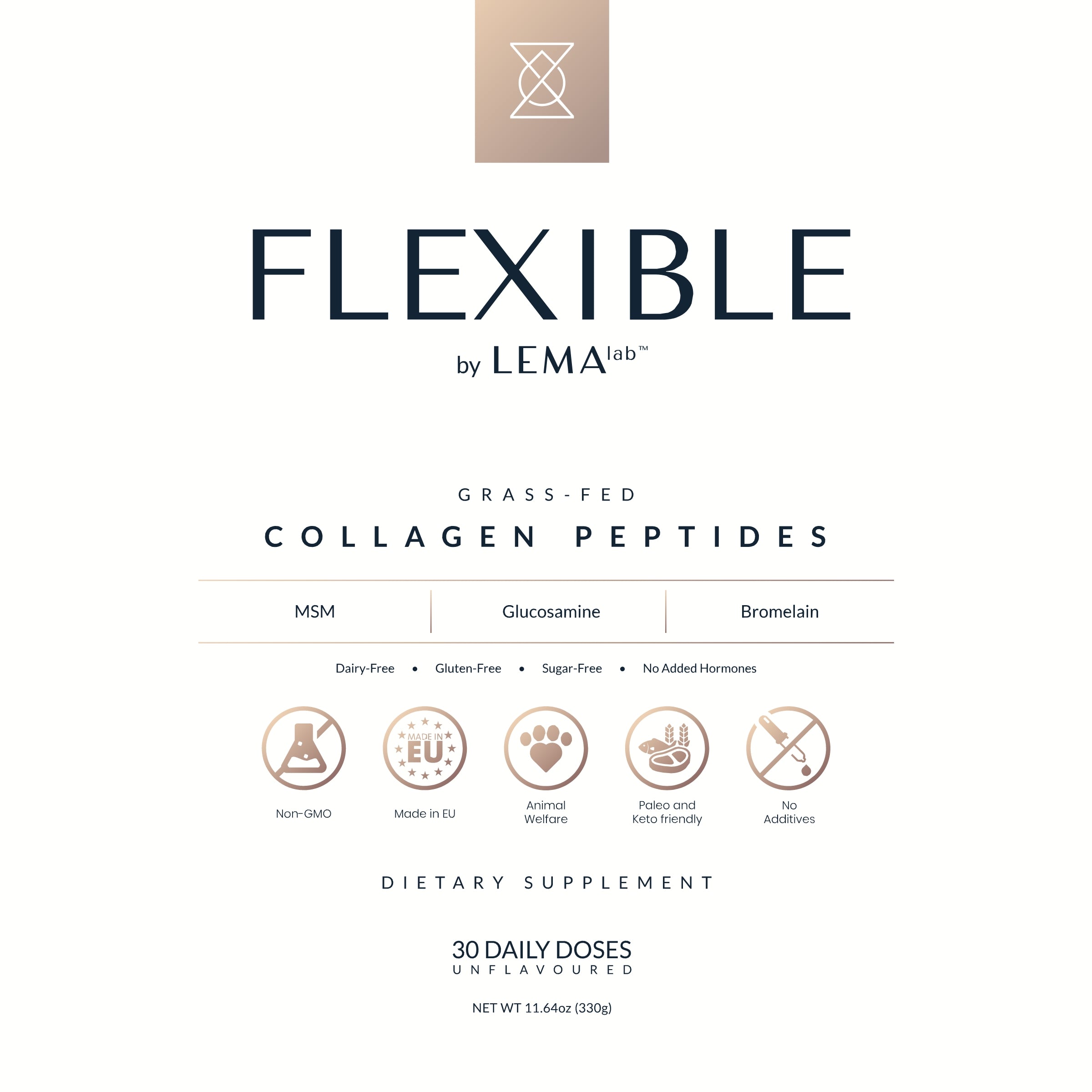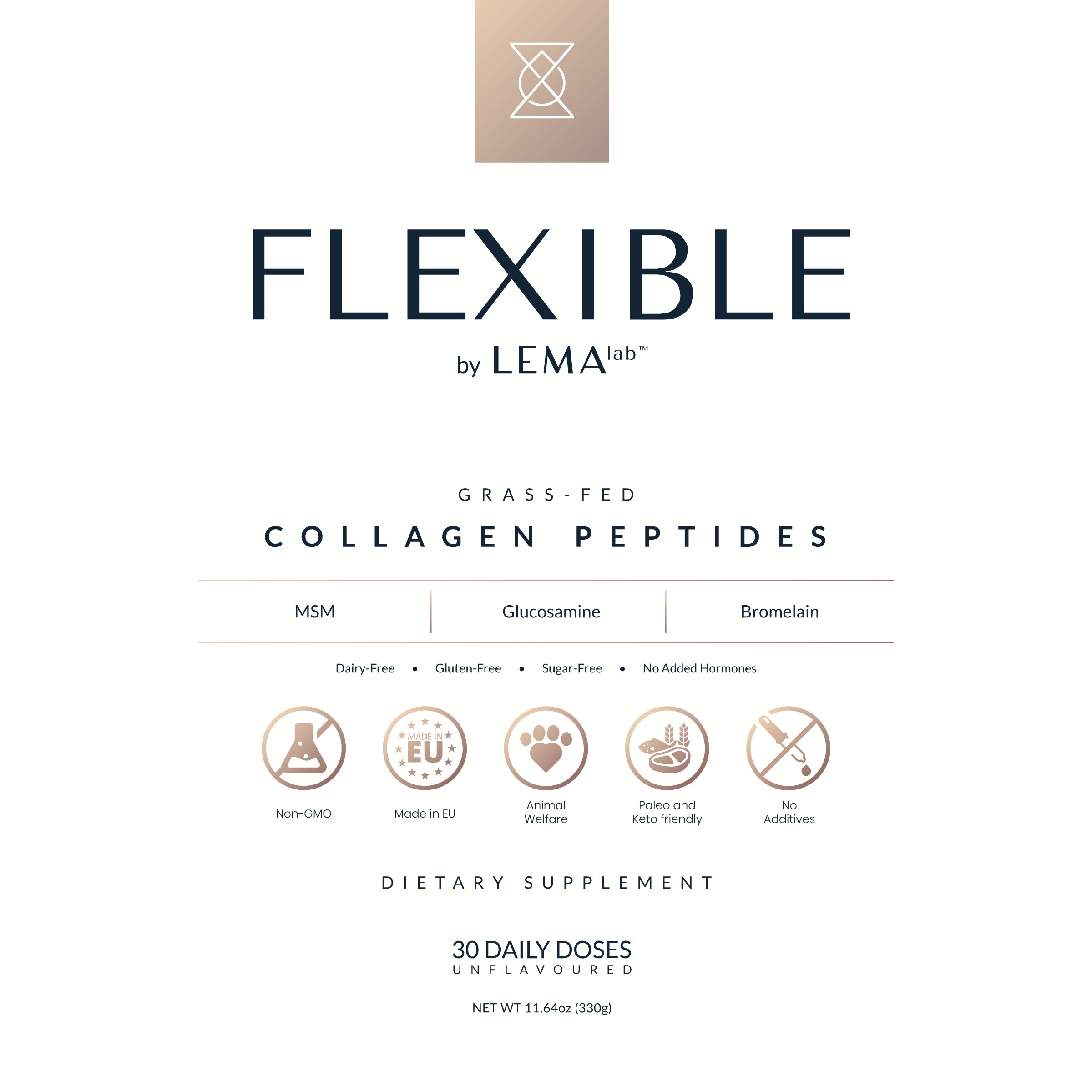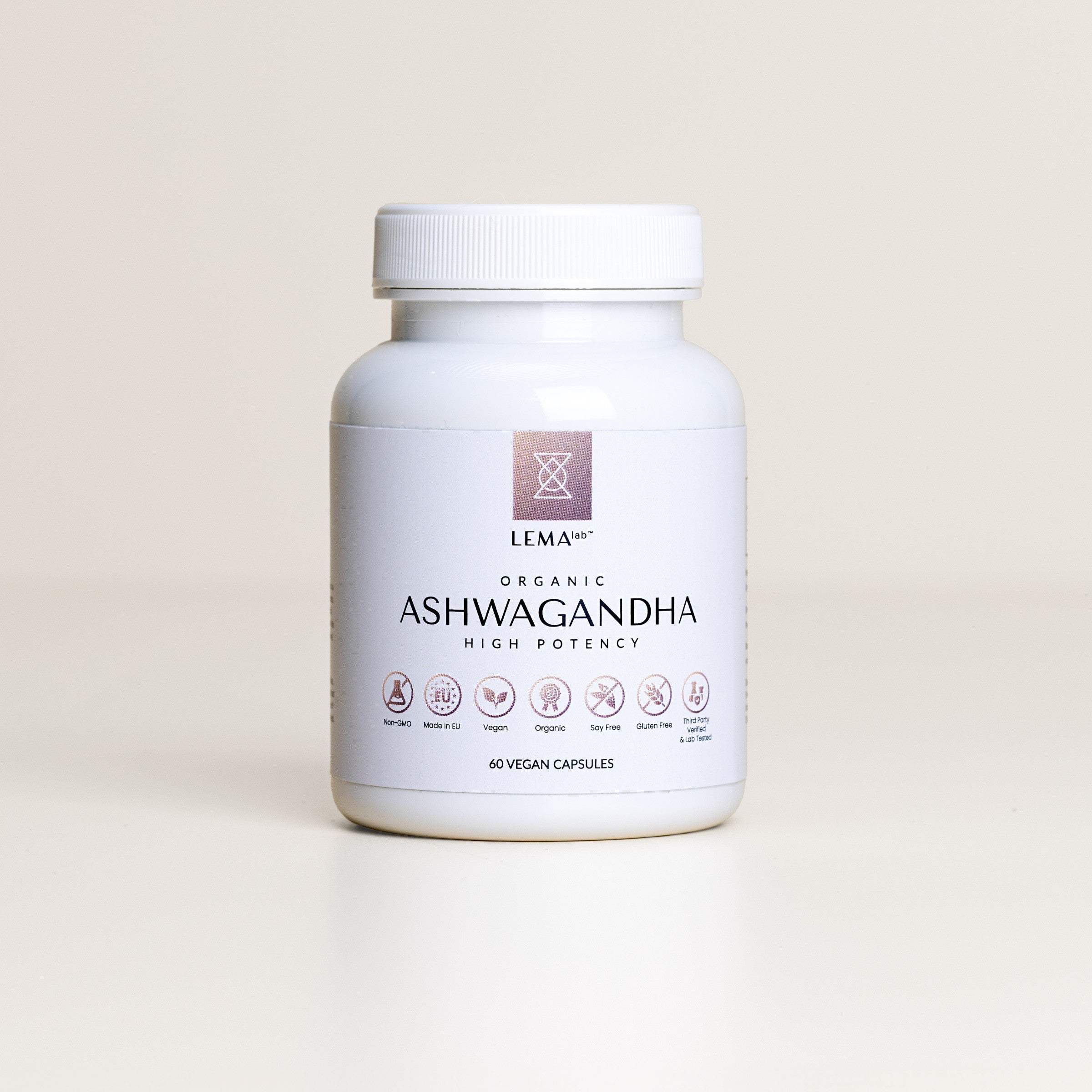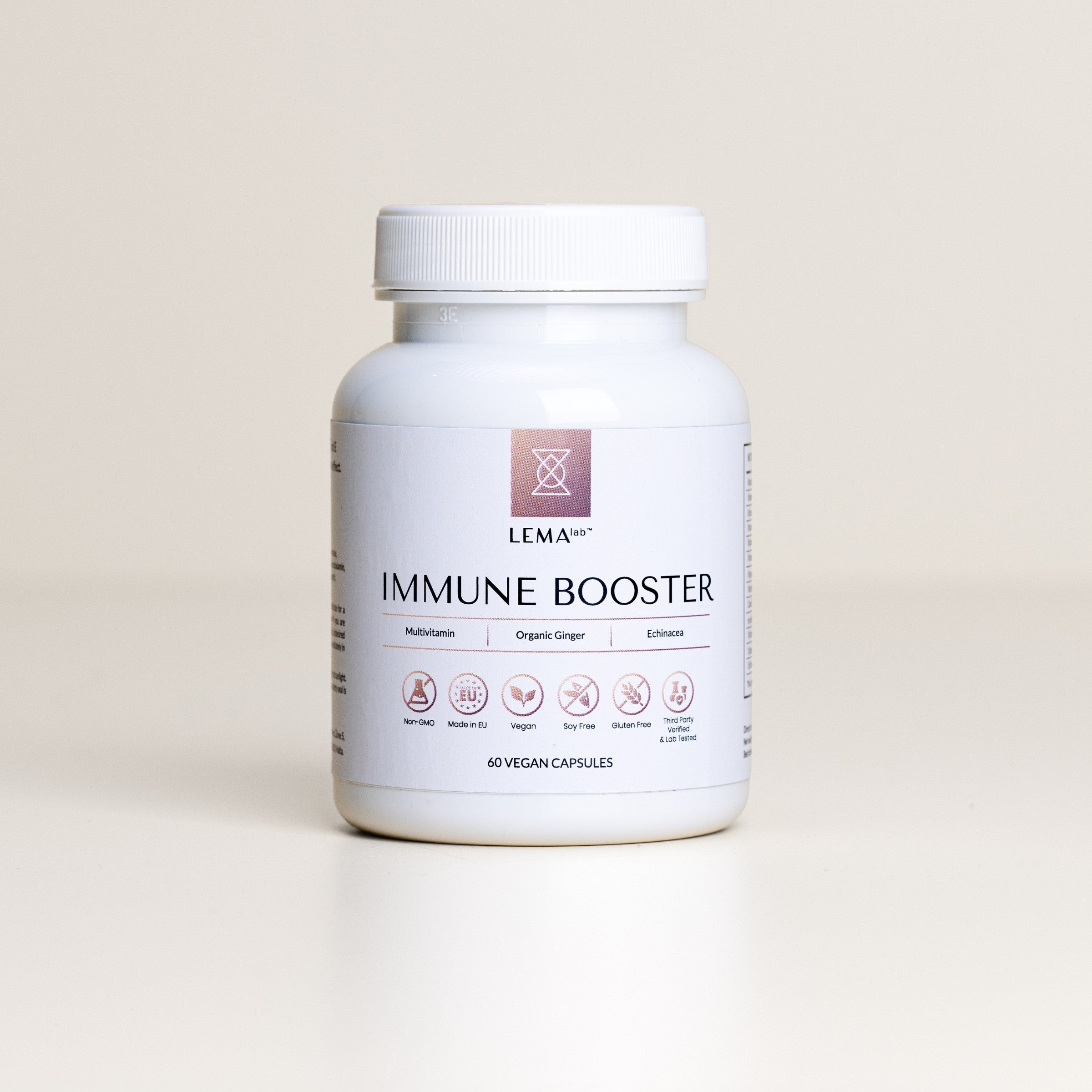
HIDDEN HORMONAL DISRUPTORS AND HOW TO AVOID THEM
Hormones play a crucial role in managing mood, stress response, and the body's food breakdown processes, as well as influencing growth and development. However, the prevalence of endocrine-disrupting compounds (EDCs) in our environment poses a significant threat to hormonal balance [2].
In this article, we will first dive into the signs of hormonal imbalance and cover the impact of EDCs on various aspects of our daily lives, from food and water to clothing and perfume.

SIGNS OF HORMONAL IMBALANCE
Various symptoms may indicate hormonal abnormalities, including fatigue, unexplained weight changes, skin issues, alterations in appetite or thirst, headaches, painful muscles, joint discomfort, stiffness, and oedema (fluid retention).
Sex-specific symptoms can also manifest, such as vaginal dryness or excruciating menstrual pain, thinning hair, and changes in the menstrual cycle for women. Men may experience breast tissue changes, reduced bone and muscle mass, lowered sexual drive, erectile dysfunction and other issues if testosterone levels are imbalanced [7].

FOOD AND WATER
Bisphenol A
Bisphenol A (BPA) stands out as a notable endocrine-disrupting compound (EDC) woven into the fabric of our daily routines. This chemical is frequently encountered in shockproof panes, lenses, epoxy resin-coated cans, and food containers. BPA's concerning trait lies in its ability to mimic natural hormones, potentially throwing the endocrine system off balance. Human exposure to BPA is predominantly linked to food contamination, impacting children's cognitive development, triggering immune response complications, influencing behaviour, elevating blood pressure, and amplifying susceptibility to diabetes and heart disease.
Remarkably, while food packaging contributes only a modest 5% to overall BPA intake, it underscores the significance of alternative exposure pathways, such as dermal contact [4,8]. It's important to note that BPA is banned in the new production of products for infants and toddlers, and entirely in several industrialised countries (France, Canada, Belgium, Denmark, Sweden, etc.). However, it is still present in the daily lives of many.
Phthalates
Another class of EDCs is phthalates, found in chlorine-based plastics. These compounds, used as softening agents, can leach out of food packaging and medical devices, posing a risk of hormone disruption. Di-(2-ethylhexyl)phthalate (DEHP), a widely used phthalate, has been linked to reproductive abnormalities and hormone-level depression in test animals [8].
Filter Your Water
Consider investing in a water filtration system to minimise exposure to hormone disrupting compounds in water. This can help reduce contaminants that may interfere with hormonal balance [3]. You should check that whichever filtration system you choose to eliminate disinfection byproducts can also filter out fluoride. For example, carbon-type filters are thought not to remove sufficient fluoride.
Eat Organic and Use Glass or Stainless Steel
Certain pesticides have been linked to hormone disruption. Opt for organic food whenever possible. Choose whole foods over processed options and minimise food packaging. Consider using glass or stainless-steel containers to reduce exposure to EDCs present in nonstick pots and pans [8].

CLOTHING
Clothing manufacturers often use various materials and chemicals in the production process, some of which can be EDCs. Ideally, we should opt for brands that prioritise organic cotton, hemp, bamboo, and natural materials in their garments. Water-resistant fabrics, in particular, can be laden with hormonal-disrupting chemicals. Studies suggest that exposure increases when clothes are sweaty, emphasising the importance of mindful fabric choices and laundry practices [8]. While natural materials may be pricier, consider at least choosing non-synthetic fabrics for underwear and using EDC-free laundry detergents to minimise exposure [8].

PERFUMES
Phthalates in perfumes have gained attention because these chemicals are sometimes intentionally added as solvents and fixatives. Studies have shown concerning levels of phthalates in some perfumes, with DEHP levels above the EU threshold limit despite its prohibition. Additionally, some perfumes manufactured in European countries contained levels of DBP above the regulated limit, indicating the importance of awareness regarding perfume ingredients. Look for non-toxic perfume brands that ensure their products are free of harmful chemicals such as phthalates, parabens, and other synthetic ingredients [1].

WIRELESS DEVICES
Wireless devices are now common in our daily lives, prompting interest in their potential impact on health. Studies indicate prolonged exposure can disrupt hormones and affect brain and reproductive health [6]. The current consensus suggests that proximity and duration of exposure matter more than the exposure itself. For instance, a study found no impact on reproductive hormones with short daily mobile phone use of 2 hours per day, five days a week for four weeks. However, since many people spend extended periods close to their devices, recommendations emphasise reducing exposure. Simple steps include using speaker mode for lengthy calls—especially if you spend hours each day on calls, avoiding carrying devices in your pockets all day, and not sleeping next to them [5].

BOTTOM LINE
From choosing organic foods to filtering water, opting for natural fabrics in clothing, selecting non-toxic perfumes, and recognising the signs of hormonal imbalance, a holistic approach can contribute to overall well-being. There are always small changes that are not too expensive and easy to implement, contributing to decreased exposure to EDCs. For example, you can start by replacing your plastic container with glass or nonstick pans for stainless steel. The first step is to have the information; little by little, you can create a safer environment for your hormonal and overall health.














Leave a comment
This site is protected by hCaptcha and the hCaptcha Privacy Policy and Terms of Service apply.